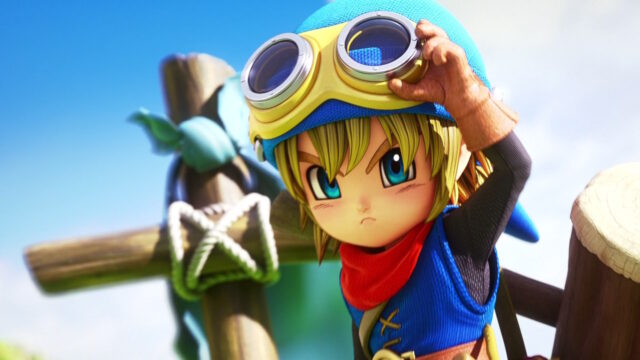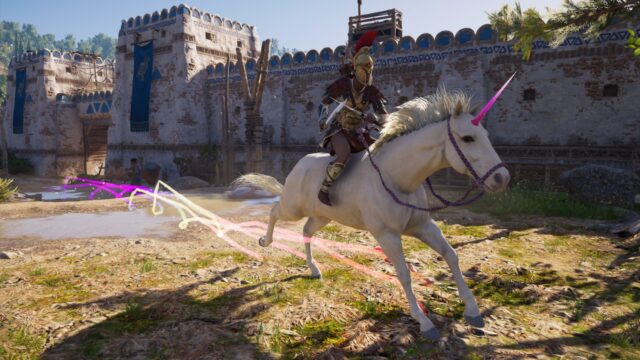Steam Library: Armello
Armello begs for comparison with “Game of Thrones”. It is difficult, incredibly difficult to avoid noticing that the main task in our turn-based strategy is to take the place of the dying king, the local game board is shrouded in darkness, and the parties are played by the walking emblems of various factions from George Martin’s work. In a cartoonish and pious interpretation, of course – with blackjack, but without its traditional companions.
**
So, King Lion is very sick. The poor thing is under the influence of evil and is quickly decaying, not forgetting, however, to issue cheerful decrees left and right and terrorize the villages closest to the royal palace. The land is also decaying, giving birth to all sorts of filth. Naturally, the aristocracy cannot stay away from such happiness – it is time to tear each other’s throats, save the homeland, and seize the throne, in any order. But so carefully and watercolor-like, so as not to scare the children.
Four camps take the initiative into their own hands: noble wolves, adventurous rabbits, the guild of spy-rats, and druids-bears. The whole quartet, strangely enough, loves to break through, to confront competitors head-on, and not to bother with non-trivial recipes for victory. On the other hand, the game itself often forces the party to deceive back and forth.
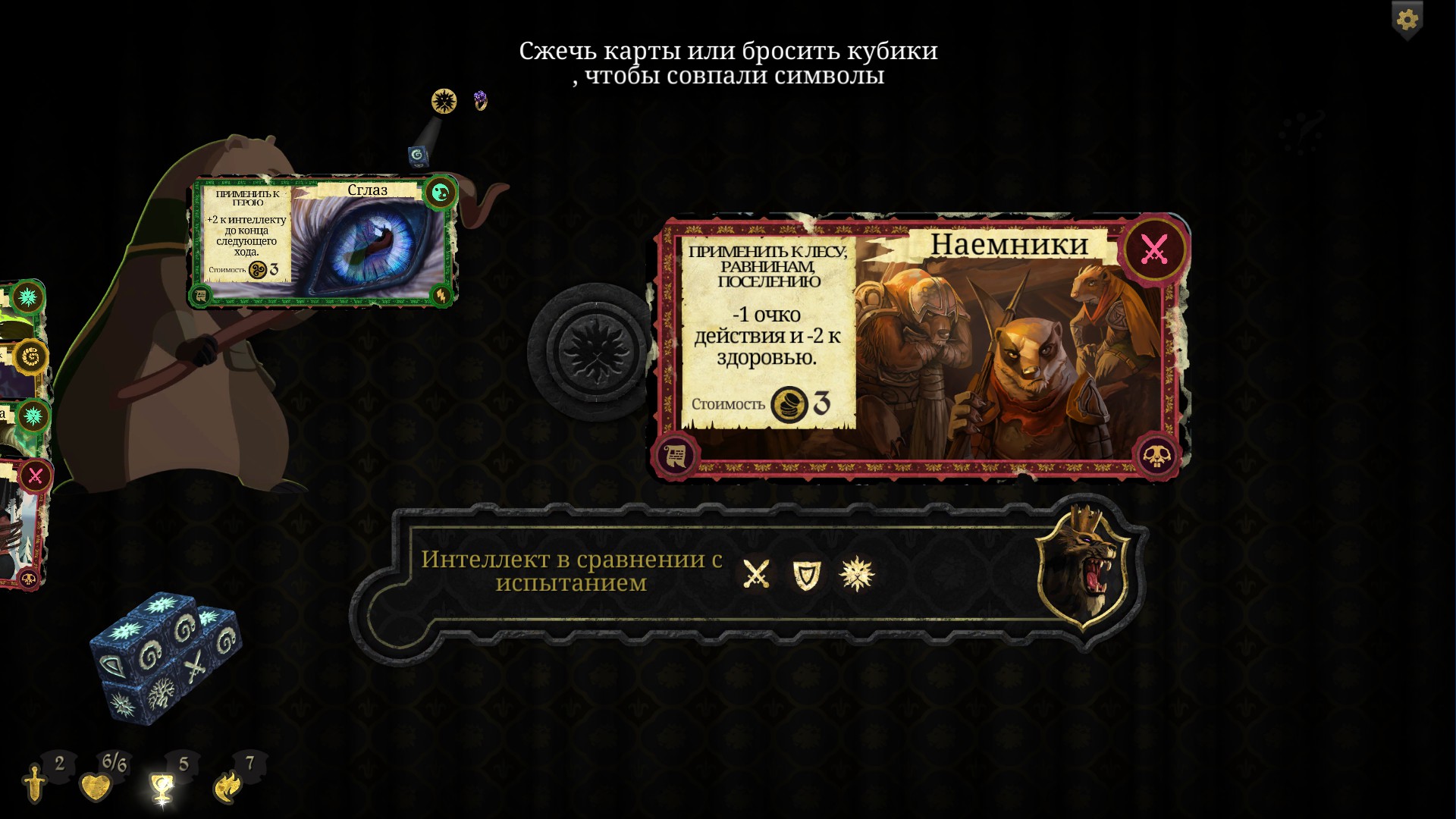
The joke is that Armello is not actually a global turn-based strategy. Formally, yes, everything is in place. But. Do you see all these hexagons, squad figures, village cells, and neutral monsters in the screenshots? Well, they represent something completely different than what you thought. The battlefield will not be the size of Age of Wonders or Civilization, but rather like in chess. Bloated, overgrown with mountains, graveyards, and a castle in the center of the chessboard. And the figures on this board will represent not squads or armies, but only your lonely heroes. And finally, the local battles – they are not about units and magic, but about dice and cards. Armello is a board game.
Palace coups take place as follows. Four players appear on the edges of the “board”. Each of them is given a short line of quests, during which our heroes must, firstly, level up and equip themselves properly, and secondly, steer towards one of the victory scenarios.
All events in Armello are decisively resolved by rolling cunning six-sided dice, cunningly linked to local playing cards and the surrounding gaming world. Instead of the usual numbers, the dice give… um, let’s call them runes. As you can easily guess, there are six of these runes in total. Basic shield and sword give one point of attack and defense in battle, day and night runes are only useful during their respective times of day, and the Jedi and Sith runes are critical strikes for members of the right parties, allowing them to roll the lucky dice again.
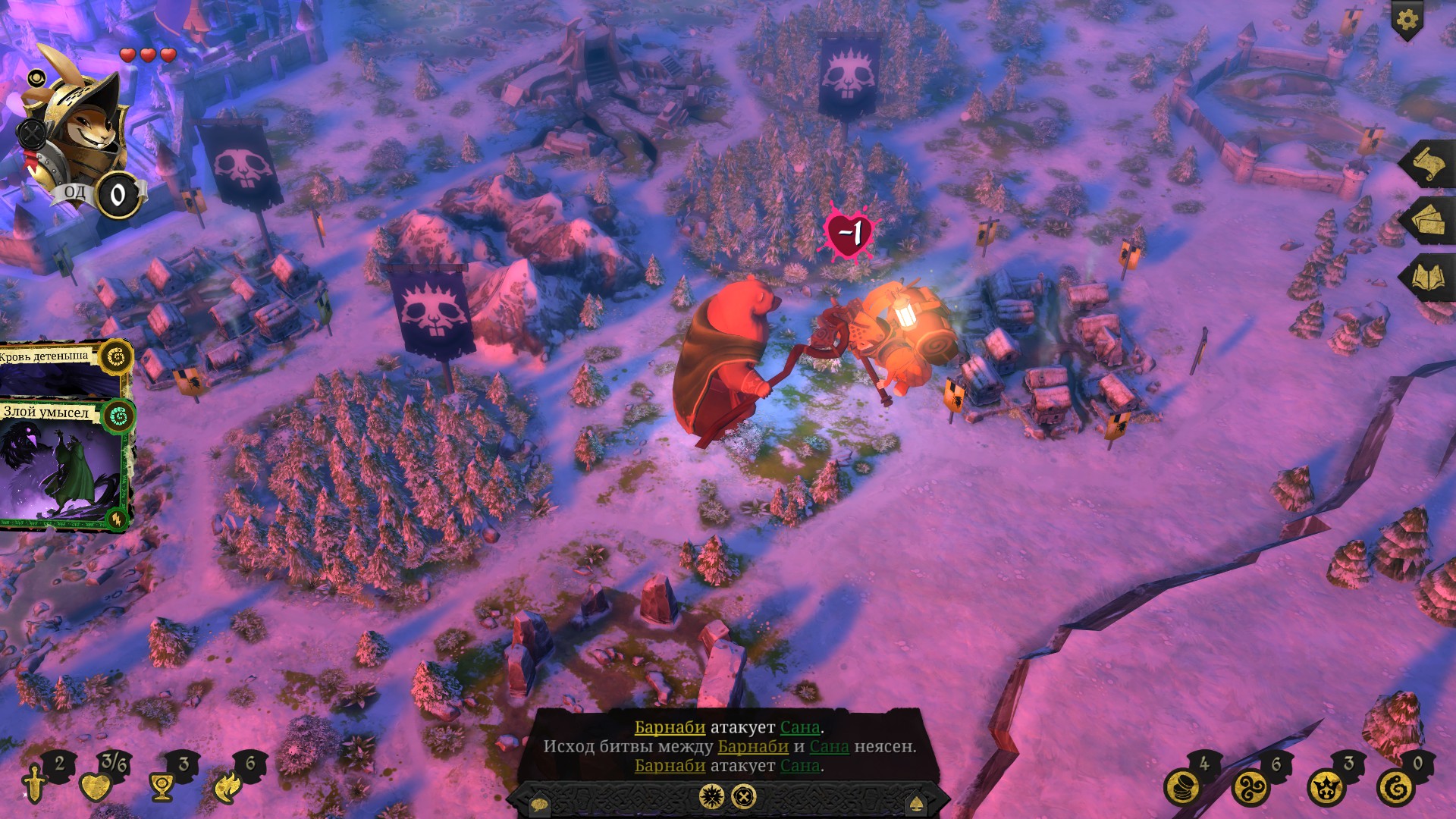
But that’s only half the story. The second half in Armello is controlled by an endless deck of cards, divided into runic suits. Everything is turned into cards – equipment, spells, various traps, and even heroic companions (although they are essentially the same artifacts, just on the side). Each player has a “hand” limit; the card supply is randomly replenished each turn. The catch is that cards can be burned during battles and other trials to guarantee a dice with the desired rune.
The skill of the local rider in randomness lies in marching across the board as the eternal winner, burning unwanted cards from their hand. As usual, the game mechanics may seem cumbersome and confusing in words, but after enduring the boring (but short) tutorial missions and playing a few rounds, it becomes clear – the combat in Armello is beautiful, elegant, and concise. And most importantly, it is addictive.
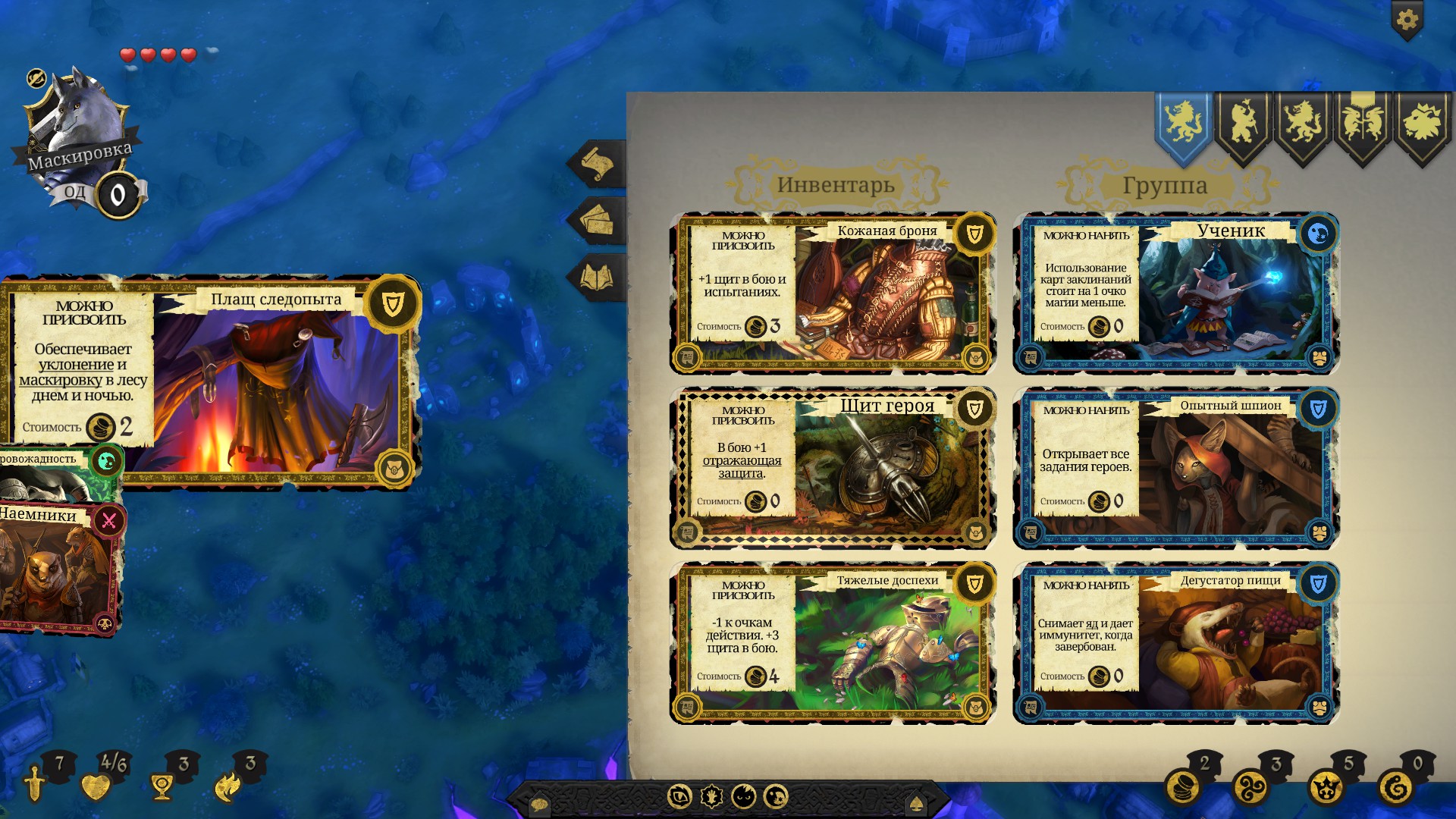
So what do we need to do to win this board game? The most straightforward way is to infiltrate the palace as a Jedi and kill the king. You can choose to play on the light side or the dark side of the Force. Fight fire with fire, so to speak. The second option is to collect magical stones according to the map, once again infiltrate the palace, and defeat the king with a technical knockout. And the third option is simply to accumulate diplomatic capital, wait for the mad lion to decay on its own, and be the first in line for the throne inheritance.
In case of waiting, it will take about twenty minutes. In terms of computer turn-based games, Armello is lightning fast. Obviously, the developers wanted to spare gamers from three-day strategic sessions, where the only person left playing the game halfway through and still vying for the throne was a poor fan who had spent two weeks trying to convince someone, anyone, to join him. And you know what? League of Geeks succeeded in that. In just an hour-long session, you can overthrow three or four kings.

Truth be told, I have no idea what’s going on with the multiplayer aspect of the game. Out of the dozens of my friends on Steam, only one person bought Armello at the time, and relying on matchmaking in an indie strategy game is a lost cause. I entertained myself the whole time with computer opponents (by the way, if you play against AI, always press the left Ctrl and fast forward the turns, otherwise you’ll fall asleep watching the bots). And I managed to play short dynamic matches for 12 hours already. Can’t tear myself away from this addiction. If in some Civilization game you have to convince yourself “Just one more turn – and that’s it,” here, with the same success, the mantra “Just one more game – and that’s it” repeats in my head.
Share
Discuss
More Reviews
